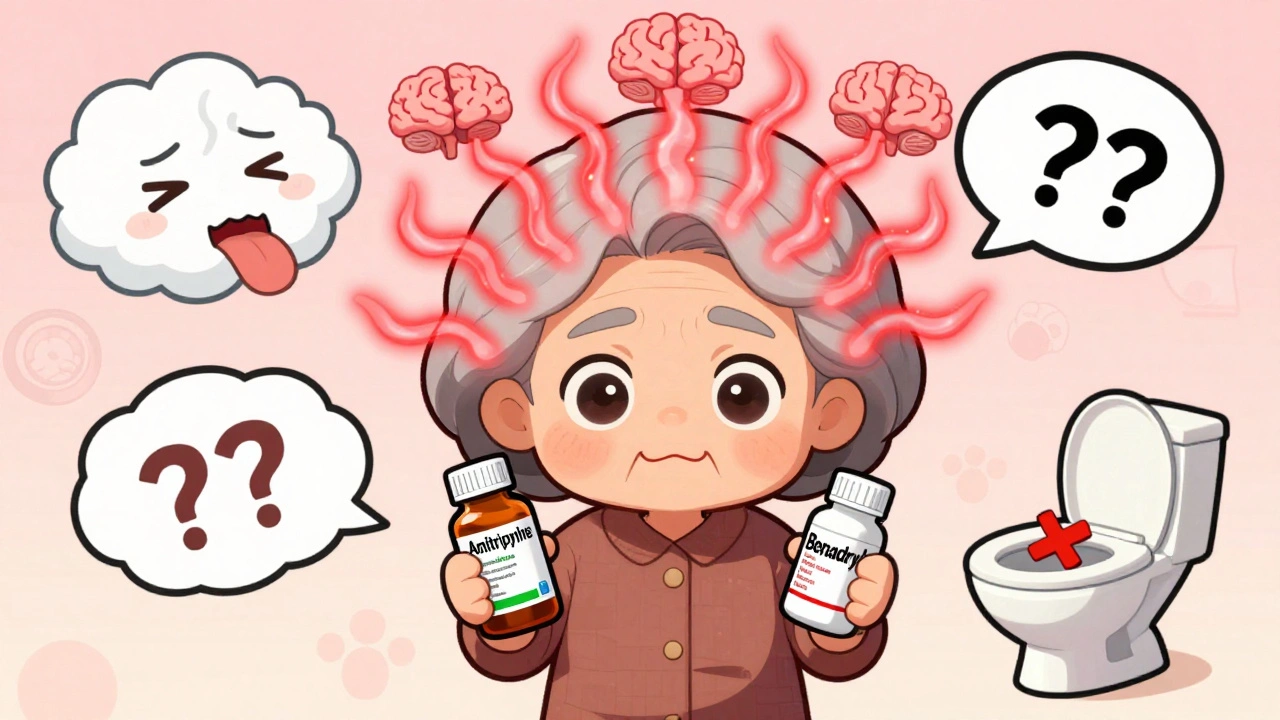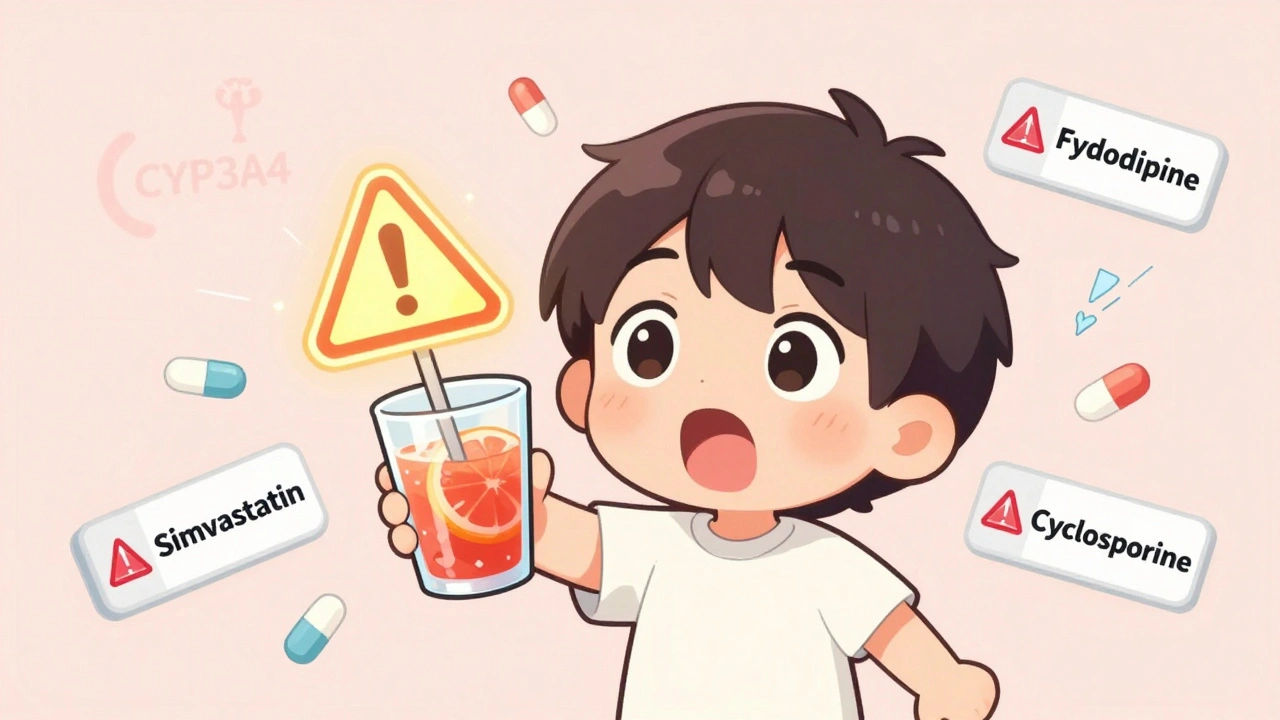Acute Diarrhea: What It Is, Why It Happens, and How to Manage It
When dealing with Acute Diarrhea, a sudden surge of watery stools that can last from a few hours to a few days, also known as sudden diarrhea, the body often faces dehydration, a rapid loss of fluids and electrolytes. The most common triggers are viral gastroenteritis, bacterial infections such as Campylobacter or E. coli, and food‑borne toxins. Young children, older adults, and people with weakened immune systems are especially vulnerable because they have less reserve to compensate for fluid loss. In many cases, the gut lining becomes inflamed, speeding up transit time and preventing water absorption, which creates the classic loose, frequent stools. Understanding these mechanisms is the first step toward effective care.
How to Stop the Cycle and Re‑Hydrate
Once symptoms start, the priority is to halt fluid loss and restore balance. Oral rehydration therapy, a simple mix of clean water, salts, and glucose is the cornerstone treatment; it uses the sodium‑glucose co‑transport system to pull water back into the bloodstream. For mild cases, homemade solutions—one liter of water with six teaspoons of sugar and half a teaspoon of salt—work well, but commercially prepared packets guarantee the right concentration. If dehydration becomes severe, intravenous fluids may be needed, especially for infants or the elderly. Alongside fluids, some clinicians prescribe antibiotics, targeted drugs that kill specific bacterial pathogens when a bacterial cause is confirmed, such as travel‑related Shigella infection. However, antibiotics are ineffective against viruses and overuse can promote resistance, so they should be used judiciously. Meanwhile, probiotics, beneficial bacteria that help restore gut flora have shown modest benefits in shortening the duration of acute diarrhea, especially in children. Strains like Lactobacillus rhamnosus GG and Saccharomyces boulardii are the most studied, and they work by outcompeting harmful microbes and strengthening the intestinal barrier.
Prevention focuses on hygiene, safe food handling, and staying hydrated before illness strikes. Hand‑washing with soap, drinking boiled or filtered water, and avoiding risky foods while traveling can cut the odds dramatically. If you notice acute diarrhea symptoms—more than three loose stools a day, cramping, or fever—start rehydration right away and monitor for warning signs like dark urine, dizziness, or rapid heartbeat. Those signs suggest that fluid loss is outpacing replacement and medical attention is needed. The articles below dive deeper into specific medicines, supplements, and management strategies that support the approaches outlined here, giving you a practical toolbox to tackle the condition head‑on.





